Can you sell your fan art?
Whether you’re a hobbyist or an independent artist, you might be curious to know more about best practices for fan art, copyright, and monetizing your work.
We see fan art everywhere, on social media, print-on-demand sites, and at comic conventions. So, we might assume, this means that it’s safe to monetize fan art.
But that’s not necessarily true. If you’ve researched this topic, you may have found contradicting answers about monetizing fan art or what is considered fan art.
I’m not a copyright expert, nor an attorney, and this is not legal advice.
In this article, I share my perspective on best practices for:
- fan art
- copyrights
- monetizing your work
- Are you an independent artist?
- What is fan art?
- If fan art is illegal, how is 'everyone' doing it?
- How do you know if there’s copyrights?
- Is there a clear answer to what is legal fan art?
- What are the nuances of tolerable fan art?
- My Business Model
- More options for selling your fan art
- Copyrights on referenced original content
- Why bother doing fan art?
- Resources
//Disclosure: Some of the links on this page are affiliate links. I earn a reward or small commission when you use those links at no cost to you. Read more about the Affiliate Disclosure on the Terms page.
Are you an independent artist?
If you’re an independent artist you may have found aspects of building a business from your art that are confusing.
For that reason, I think it’s important as a community to share experiences openly, especially on topics that may have a stigma around them like fan art. Or that are a little awkward to talk about like earning income by monetizing such works.
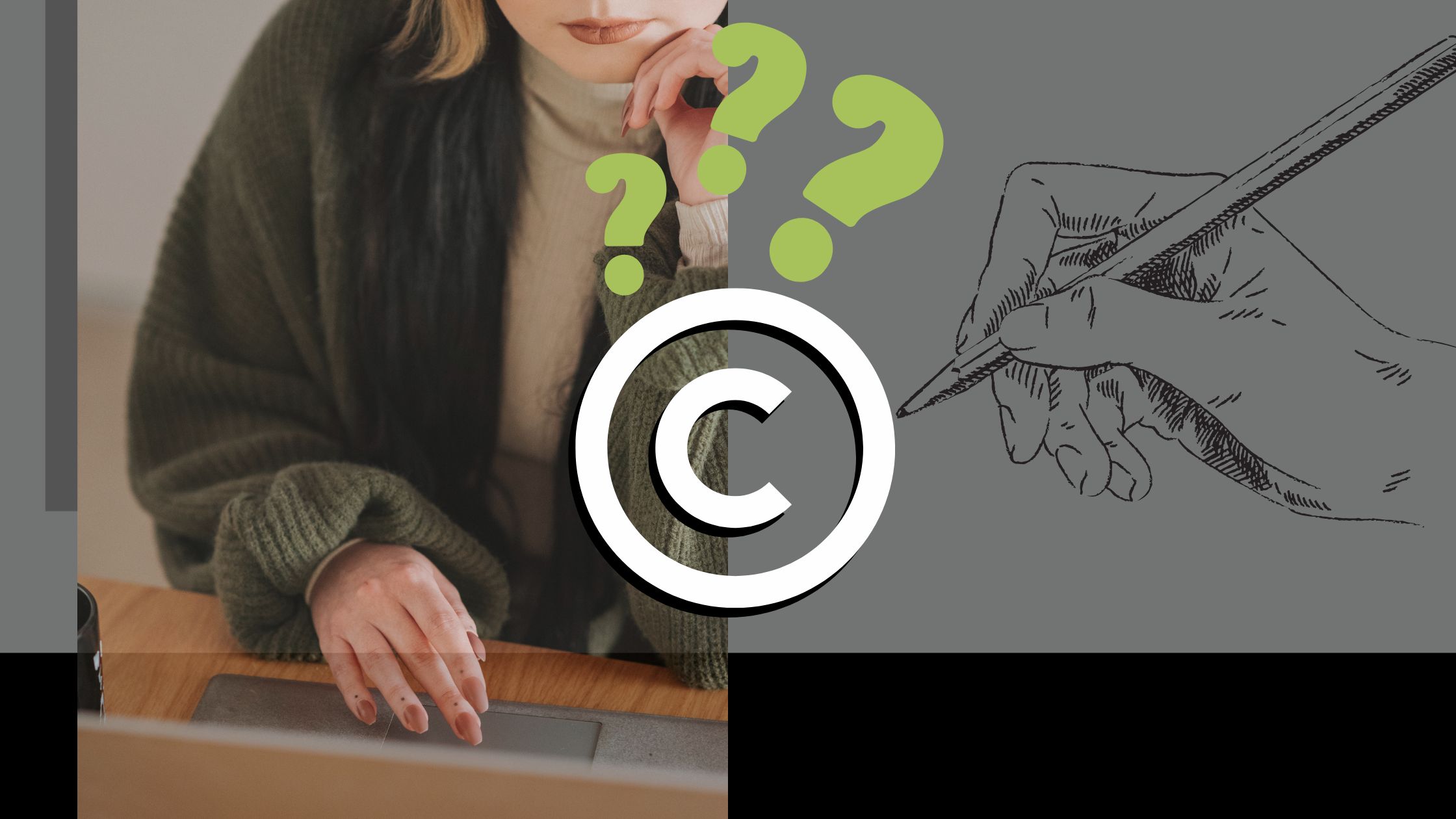
If you follow my YouTube channel and this Blog, you know the focus is on accelerating skills for pen and ink drawing.
One of my favourite learning approaches is doing Master Studies of various pen masters.
And sometimes we’ll study masters whose creations are copyrighted. Does this count as fan art?
What is fan art?
Subjects from pop culture like movies or anime, come to mind, but it’s broader than that.
The term ‘fan art’ refers to artwork done by anyone who is not the creator of the original work.
This also includes derivative fan creations, where for example, the artist depicts a famous character in a new way, interpreted through their own artistic style.
This is what I’ve done below of this Guts character from Berserk. The creator of the Berserk manga series is Kentaro Miura.
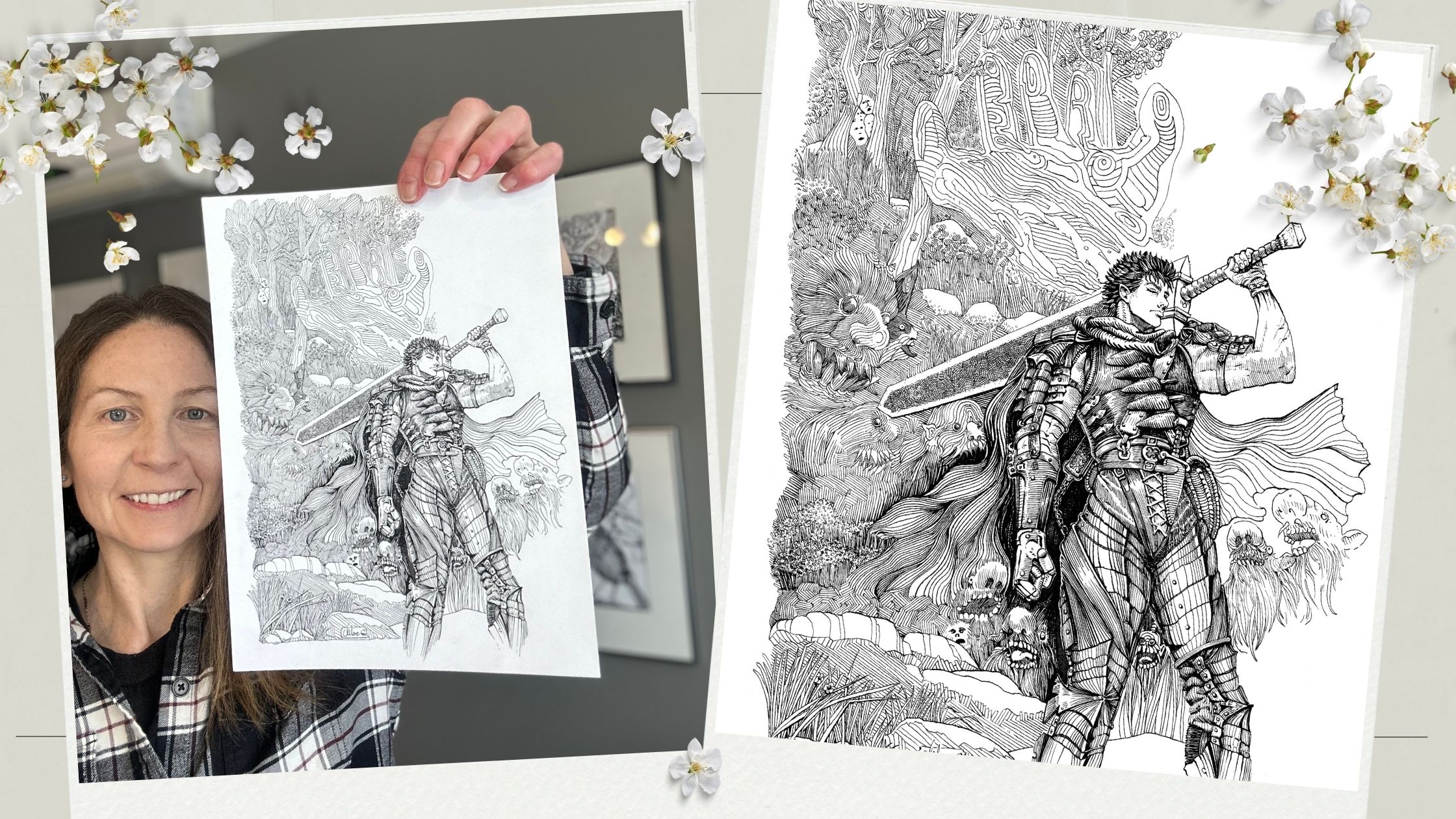
Even though I’ve drawn the character in a scene from my imagination, rendered in my own style, it’s still considered a derivative creation.
It’s fan art because Guts is an existing character and I’m not the creator of that original work, Miura is.
Therefore, it is illegal for me to monetize this piece of fan art without appropriate permission such as a usage license.
If fan art is illegal, how is ‘everyone’ doing it?
You may be asking yourself, then if it’s illegal – why is this practice so widespread? Isn’t selling fan art an infringement of copyrights?
In North America, the answer is yes. In my country of Canada, it is an infringement and it is illegal.
Now here’s the thing…
The copyright owner of the original work has the right to decide how their work can be used.
Certain creators and companies are against fan art of any kind, and they’ll issue a:
- cease and desist;
- takedown notice, or;
- lawsuit.
But a lot of them don’t.
Why? Is it because they don’t know about the fan art? They can’t find you?
Let’s take Sam Yang for example. Sam’s a highly influential social media artist, and here he’s done a few homage pieces to the Spider-Verse, and selling prints of that fan art on a Print-On-Demand (POD) site.
How do you know if there’s copyrights?
Pretty much anything that is original material is protected by copyrights.
In most cases, it’s straightforward to find out who the copyright owner is.
As such, it was super easy to find copyright information on Spiderman. Marvel owns Spiderman.
What’s less straightforward is who has usage rights from the copyright holder.
In this case, Sony purchased rights from Marvel to make Spider-Verse movies.
For smaller creators though, if the licencing permission is not clearly labelled on fan-creations, that lack of clarity can be misleading to others who want to do the same.
We can’t assume that Sam doesn’t have licence to monetize those derivatives in his print shop. A lot of POD sites now have fan art licensing deals directly with the copyright owners.
At a glance, I didn’t see ‘Marvel’ listed as a participant of licensing programs on the top POD sites. But there were big brands on there, including Netflix.
I’m not picking on Sam. He’s just who first came to mind to explain my example. A lot of high-profile artists are known for doing fan art.
What is less transparent to the public is whether they have permission to monetize that fan art.
Is there a clear answer to what is legal fan art?
Searching for a clearer answer on this, I came across a few helpful articles, and an excellent video-podcast where a professional artist talks with an actual lawyer, Rick Hoeg.
Read: Is Fan Art Legal Fair Use?
Watch: Is FAN ART LEGAL to sell!?
Something mentioned in that conversation struck me; “what is legal and what is right are not always the same.” This was said in the context of what I mentioned earlier – that the copyright owner has the right to choose how their work can be used.
“What is legal and what is right are not always the same.”
And to me, that nuance is the stem of confusion. It creates a grey area for interpretation.
Some companies, like Marvel, choose to allow usage.
These companies may even provide guidelines for what’s acceptable fan art and what the limitations of commercialization are.
Additionally, they’ll either grant permission either explicitly by selling licenses, or implicitly, by deciding not to take action against certain infringements.
These companies are of the mindset that fan art increases engagement, and is good promotion. If there’s a positive impact on their sales volume, then they take no issue with fan art.
Therefore, it could be that Marvel and Sony are aware of the Spider fanart out there and perfectly delighted with the high awareness it brings to their products.
Now take what I say with a grain of salt. The key take-away from what the lawyer said, is that some companies tolerate fan art on various levels. They show leniency up to a certain point.
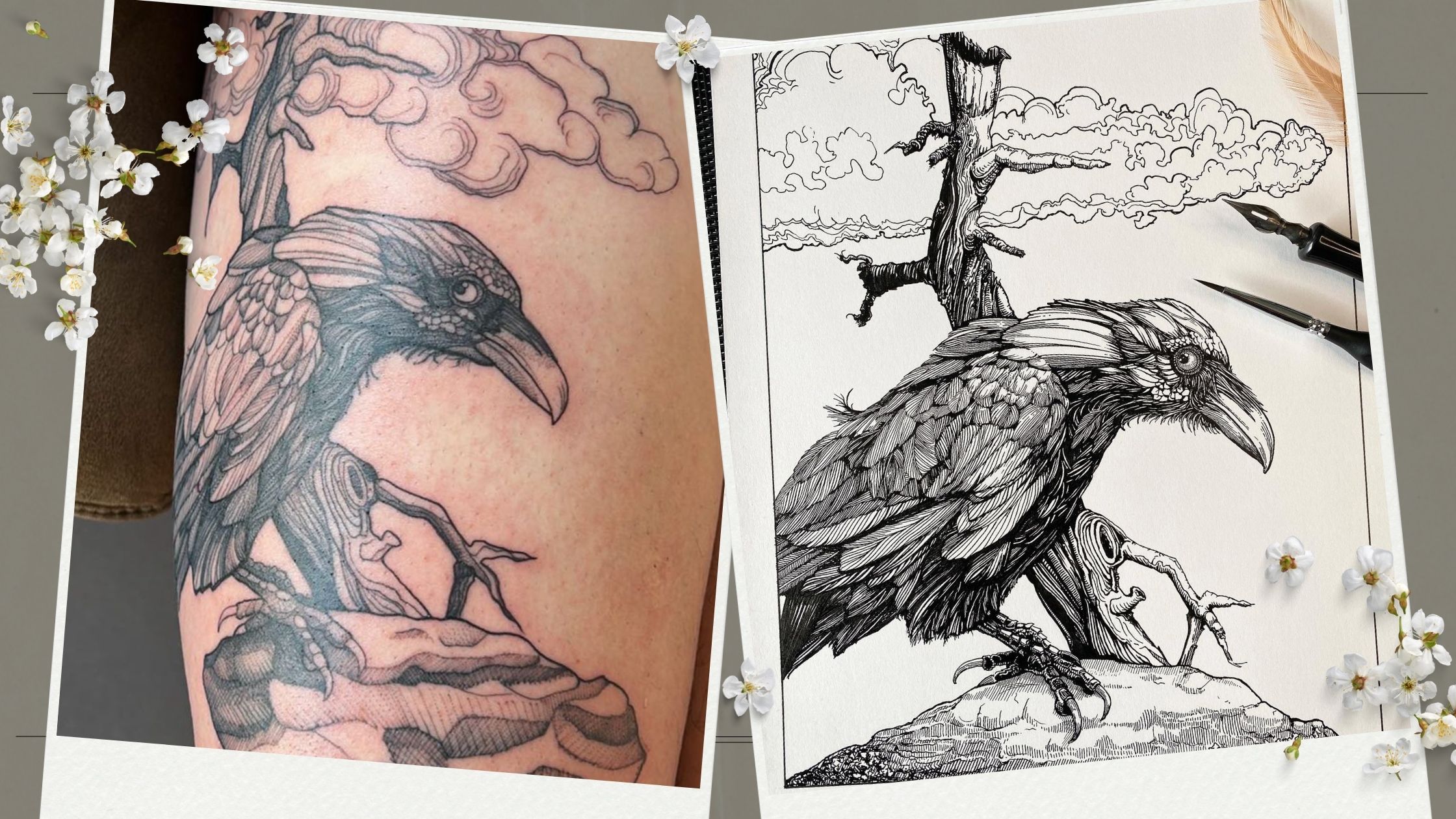
What are the nuances of tolerable fan art?
There are informal, common-sense, guidelines for what is tolerated by copyright holders.
If the fan content is non-commercial, you’re doing it for fun or educational purposes – it’s not usually a problem for most copyright holders.
If you’re monetizing the fan art without permission and your sales interfere with a creator’s licensing projects … basically if your artwork is competing with theirs in the market for high value, then it’s no longer viewed as a symbiotic relationship.
Marvel invests a lot in toys and merchandising – so you don’t want to be in that space. Marvel places less emphasis on the art space. Much less focus on one-off originals or small-batch prints.
So, reading between the lines, it’s not likely a problem for copyright owners, if you create a few one-of-a-kind artworks or limited-edition art prints, and keep your operation low-key.
They certainly would take action if you start mass-producing into consumer products. That’s an extreme example, but you get my drift.
Apart from quantities and types of products, such as merchandising – where and how you sell your non-licenced fan art is also a factor. If you’re an Etsy seller, you know what I’m talking about.
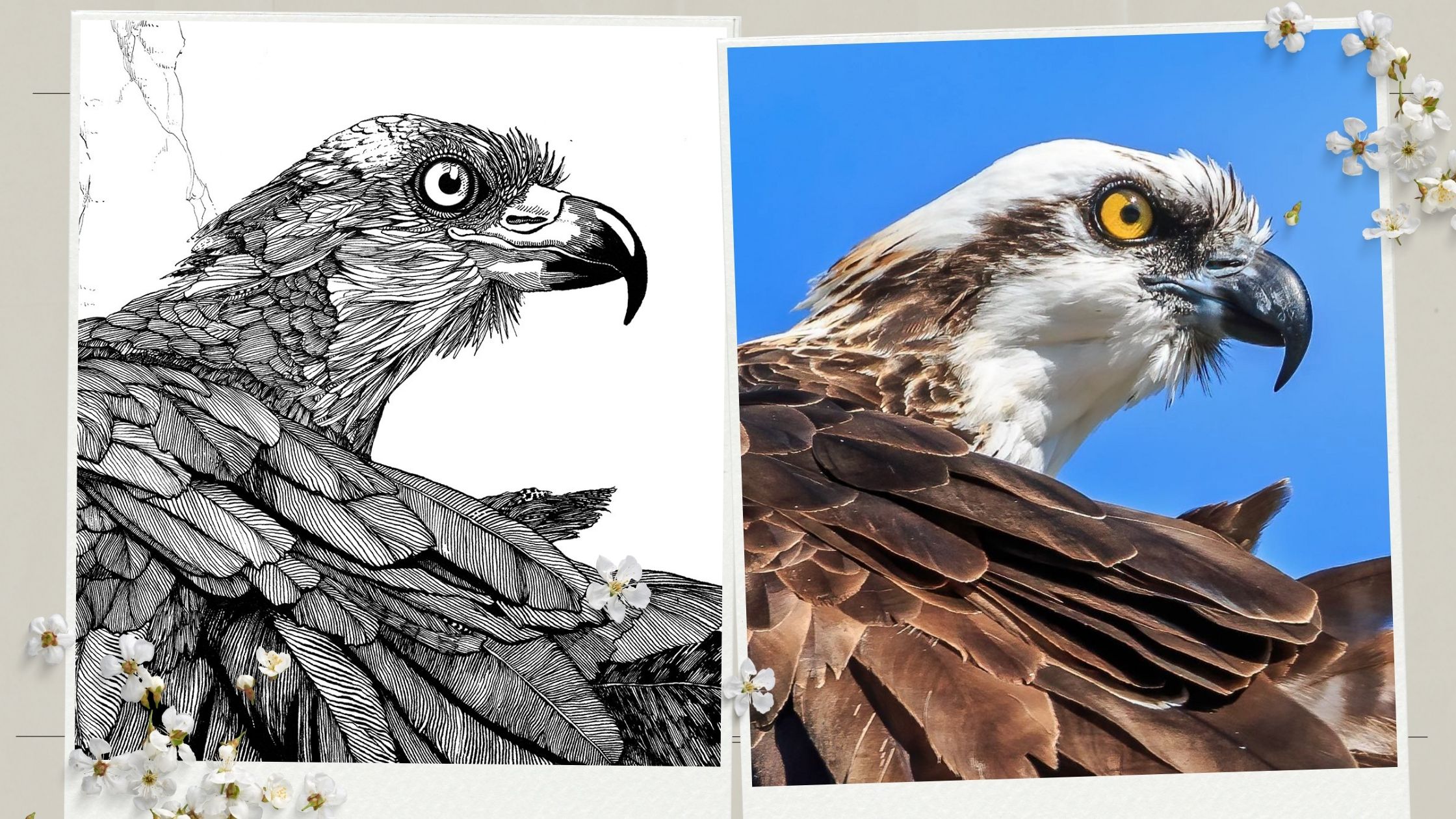
My Business Model
My art business intends to sell primarily original content.
However, derivatives of my Master Study pieces are also available for purchase from my website. Note that I own a WordPress site which is different than an e-commerce marketplace platform.
To be clear, there are other ways besides having a copyright license to legally sell fan art. Below, this particular derivative artwork is legal.

Many of the Golden Age images I use as reference have entered the Public Domain.
Original works of creators are protected by copyright laws until 70 years after their death, then, unless extended, become Public Domain.
You can verify online what works are in the Public Domain, just be mindful of clauses and extensions.
I like to keep derivative art sales to approximately 5% of my business model.
Very few of my creations, perhaps 2-3 pieces per year “toe the line” of infringement.
I’m ethically bound to follow best practices. And equally willing to accept responsibility for the tiny portion of non-licenced fan art that I offer for purchase on my website and at conventions.
More options for selling your fan art
So, what is best-practice?
Did you know that derivative works are also entitled to their copyrights? This means you have copyrights on your fan art!
But like everything I’ve talked about in this article, this concept alone has layers of complexity to the point that even judges can’t agree on in court.
It’s wise to dig deeper if you’re wondering about Rights as it relates to your fan creations.
So again, the legal options for selling fan art and derivative works were:
- Fair use
- Public Domain
- Licensing programs
- Royalty-free sites
- Asking permission
There’s also Creative Commons and a few other ways not mentioned here.
To learn more about copyright for your original or derivative works, see the links in the resources section further below.

Copyrights on referenced original content
My stance on this is that I view copyright as a two-way street.
“Treat others as you wish to be treated.”
For example, the question often comes up about references for use in original works.
Without getting too deep into this topic, my philosophy is as follows…
If I’m using references to spark ideas for a concept, and from the mashup of multiple references there is less than a 5% resemblance to my artwork, this is aligned with the Fair Use and a non-issue.
If there’s more than a 5% resemblance to at least one reference, then I either ensure the reference is royalty-free or I ask the copyright holder for permission.
For some of my bird pieces, the photographer granted reference usage permission in writing.
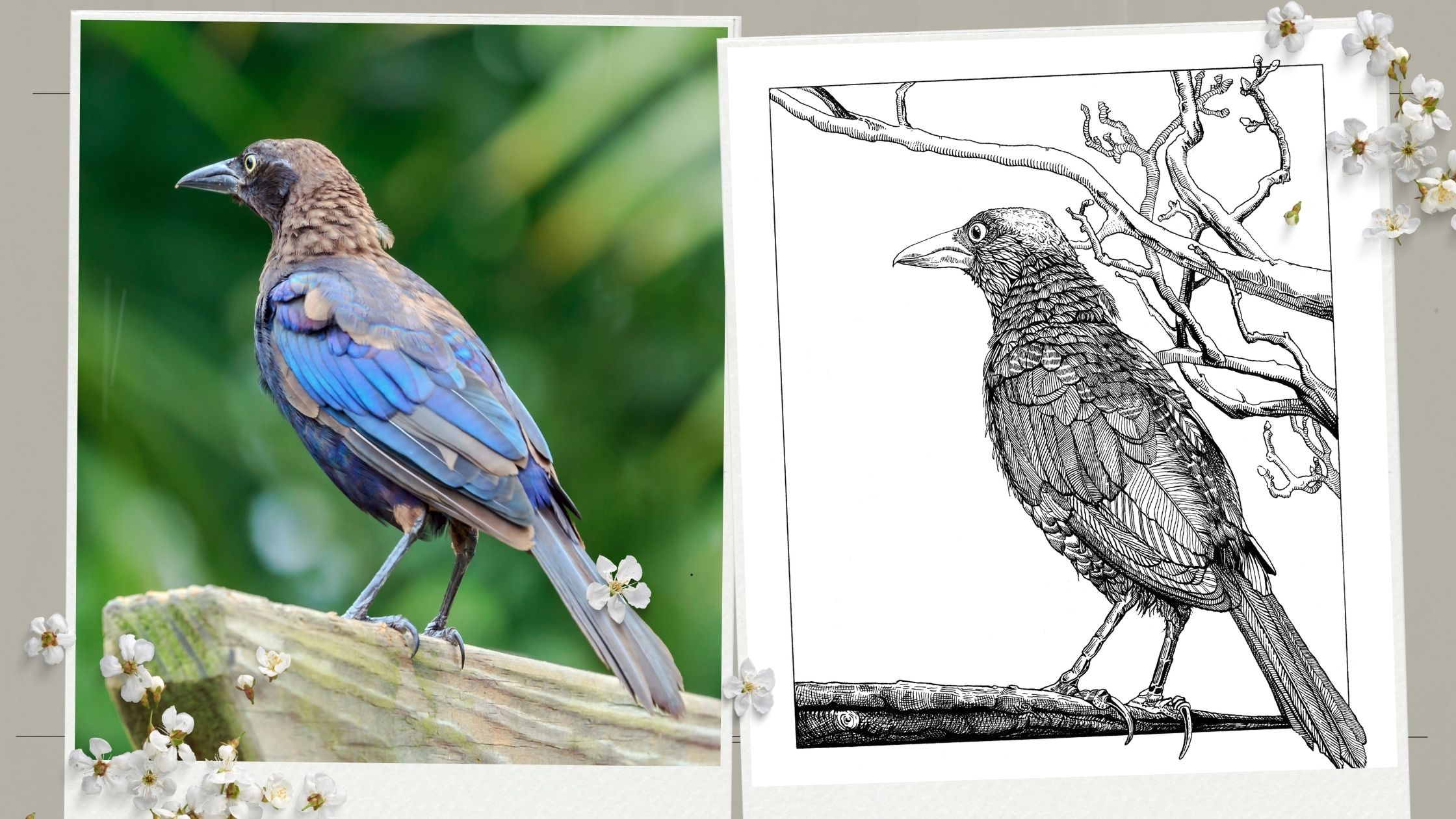
In turn, several tattoo artists reached out to use my bird artworks on their clients with permission.
These transactions were conducted in good faith, meaning there are no actual licence fees or royalty terms, just written consent.
Why bother doing fan art?
It’s fun. Fan art is an enjoyable way to celebrate a favourite character or to study a master whose style we want to emulate in our own work.
Experimenting with fan art is where a lot of us start in our creative journeys.
Although my goal is to make original art as much as possible, recreating the works of my art heroes also brings me joy.
There are several avenues to legally sell fan art.
The bottom line is that we can’t make assumptions when it comes to copyright. It’s just wise to learn more about it and strive for best-practice.
Now if tabling at Comic-Con sounds interesting, be sure to read The Illustrator’s Guide to Artist Alley.

Resources
Graphic Artists Guild Handbook – Pricing and Ethical Guidelines (Book on Amazon)
The Fine Line Between Fan Art, Fan Fiction, and Finding Yourself Sued by Natalie Elizaroff (Article)
Derivative Works Definition by Wiki Commons (Wiki)
Is FAN ART LEGAL to sell!? Ask Rick Hoeg – Legal talk for artists! By Trent Kaniuga (Video)


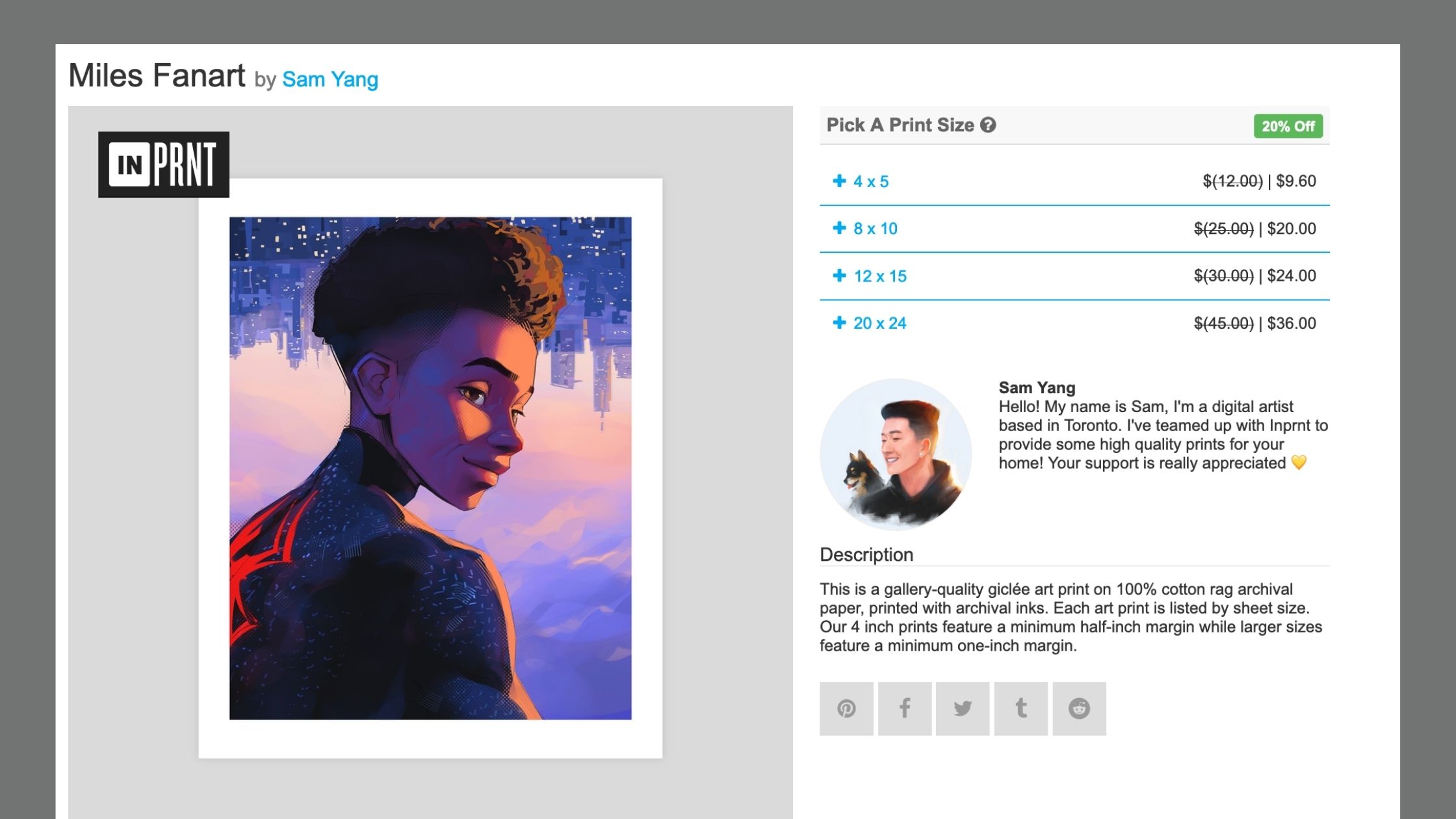



Great, well thought out article with a lot of useful information to digest. You are spot on about knowing how the copyright owners feel towards people using their intellectual property. I did a digital piece as a birthday present for a friend. He loves Godzilla, Elvis, and martial arts so I recreated The Great Wave with Godzilla and Rodan dressed as Elvis and Bruce Lee surfing the Great Wave. Toho Studios is very protective of Godzilla so I wouldn’t ever sell copies of it.
Thanks for contributing to this post with your experience on this topic. In one of the articles I linked in the resources, the author recommends doing research about copyright owners to learn more about their stance on fan art, for example who is less receptive to derivatives (like Disney) or have a history of issuing lawsuits. I bet your mashup came out great, lucky friend!
People catch huge companies stealing from small artists all THE TIME. If they’re not going to play by their own rules, I damn sure am not either. I’ll make a password only, Patreon or other website and they won’t even have access to it unless they pay for it. Screw those huge companies, they’re cancerous.
Is it ethical to create fan art of copyrighted characters and then profit from it, even if you are not selling copies directly? How do you navigate the fine line between expressing your creativity and respecting the original creators’ rights?”,
“refusal
Is it ethical to create and sell fan art without permission from the original copyright holders, or should artists prioritize respecting intellectual property rights over potential profit opportunities?